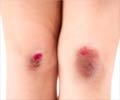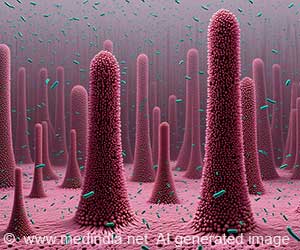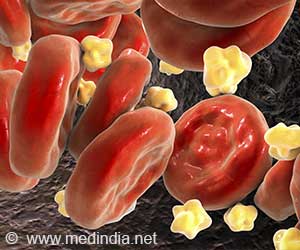The novel alkaline alginate hydrogel (pH 8.38-8.57) is prepared. It offers a good physiological environment around the wound, to promote the growth of new cells.
- Would healing is a complex, dynamic, yet fragile process that requires an appropriate physiological environment to promote the growth of new cells
- The unique molecular structure of hydrogels, along with its ability to absorb water, and a short gelation time, make it ideal for wound healing
- Hydrogels are transparent, and their alkaline pH facilitates the proliferation of skin healing cells like fibroblasts and keratinocytes
TOP INSIGHT
Hydrogels are a natural, cross-linked network of biocompatible polymers that absorb fluids and exudates from the wound and continuously provide moisture into the wound, creating a highly suitable environment for the wound to heal.
Read More..
An undergraduate student Ryota Teshima, along with researchers from Tokyo University of Science, Japan, is behind the novel material with possible applications in wound healing. The findings are published in Polymers for Advanced Technologies.
Why Hydrogel
Wound healing is a dynamic process in which healthy cells replace a damaged group of cells and tissues. It requires an optimal physiological environment to promote the growth of new cells.
A type of material called "hydrogel" is found to help achieve such optimal conditions for wound healing, because of its unique molecular structure and biocompatibility. They adapt well to the biological conditions of the skin and tissues.
Researchers developed the next level alginate hydrogel, using a natural polymer called alginate. Alginate is carbohydrate obtained from seaweed and therefore found in abundance. But the gelation occurs rapidly in the alginate
"We have succeeded in preparing a novel alkaline alginate hydrogel (pH 8.38-8.57) suitable for wound healing via a method that requires no special equipment and can be carried out at room temperature. This, in addition to the fact that the hydrogel forms in 5 minutes, makes it ideal for potential use in any medical practice anywhere for superior wound healing.", says Mr. Teshima.
Alkalizing Hydrogel
The hydrogel was alkalized by mixing calcium carbonate and potassium alginate. Carbonated water was then added to this mixture, allowing the "gelation" (gel formation) process to take place.
The pH of the gel alkalizes because the carbon dioxide volatilizes after gelation. This method also helps to retain the transparency of the gel, allowing the wound to be assessed visually. The resulting hydrogels have a high water content of about 99%. these hydrogels also absorbed exudates from the wound successfully.
The hydrogels' shape was not compromised even after a week of immersion in physiological saline solution, though they did become weak.
In summary, Mr. Teshima says, "I have been experimenting with alginate gels ever since junior high school. There was also increasing interest in regenerative medicine when I was growing up, which compelled me to focus on the creation of useful biocompatible materials that can be used in medical therapy."
Well, there's no denying that this novel hydrogel developed by Mr. Teshima's team shows immense potential for near-future application to wound healing in medicine.
In the future, researchers hope to expand the application of the novel hyrdrogel beyond wound healing. Mr. Teshima says, "In the future, if it is possible to control the sustained release of an effective drug held inside it, this novel hydrogel can be used as a drug carrier as well."
Source-Medindia
 MEDINDIA
MEDINDIA

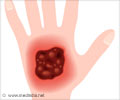
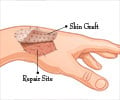
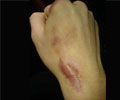
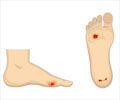
 Email
Email

